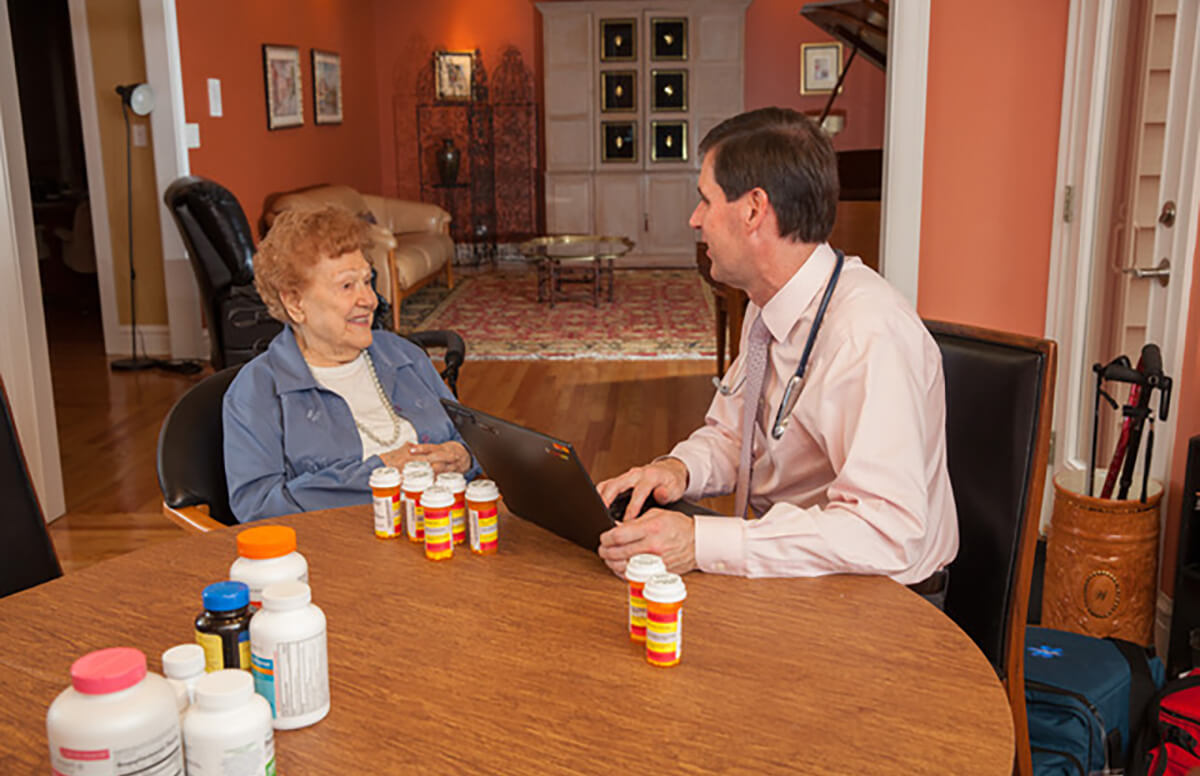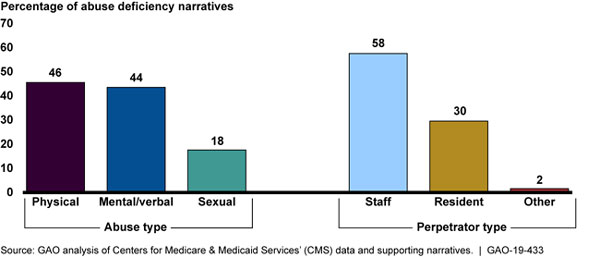 At least 2 million older adults would benefit from home-based primary care, according to Health Affairs. Because these patients have difficulty getting to an office visit, they frequently end up in emergency rooms or hospitals.
At least 2 million older adults would benefit from home-based primary care, according to Health Affairs. Because these patients have difficulty getting to an office visit, they frequently end up in emergency rooms or hospitals.
Per-patient savings range from $1,000 to $4,000 annually through reduced hospital and nursing home stays, emergency room trips and specialist visits, according to research cited by the American Academy of Home Care Medicine.
According to the American Academy of Home Care Medicine, the CMS Independence at Home Demonstration, part of the Affordable Care Act, estimated that Medicare would save $10 to $15 billion total over a 10-year period if home-based primary care were extended nationally to those on Medicare who are homebound.
Source: House Calls Provide Better Care and Save Money. Why Don’t More Use Them?



